When you visit a makeup store, the first thing any beauty consultant or makeup artist will ask you is your skin type. Knowing your skin type is very important in order to find the right skincare products to get visible results. You will come across a lot of articles, posts and videos that suggest products and ticks to manage your skin. Even though there is an abundance of information available on the internet, it is always better to consult a dermatologist before trying out new products on your skin.
Our skin goes through a lot of wear and tear on a daily basis. If you are somebody with acne, then you need to be all the more careful while handling your skin. There are a lot of factors that affect your skin, both internally and externally. Naturally, it becomes important to have a skincare routine that suits your skin type. These days there are many products and beauty brands out there that make skin-type targeted skincare.
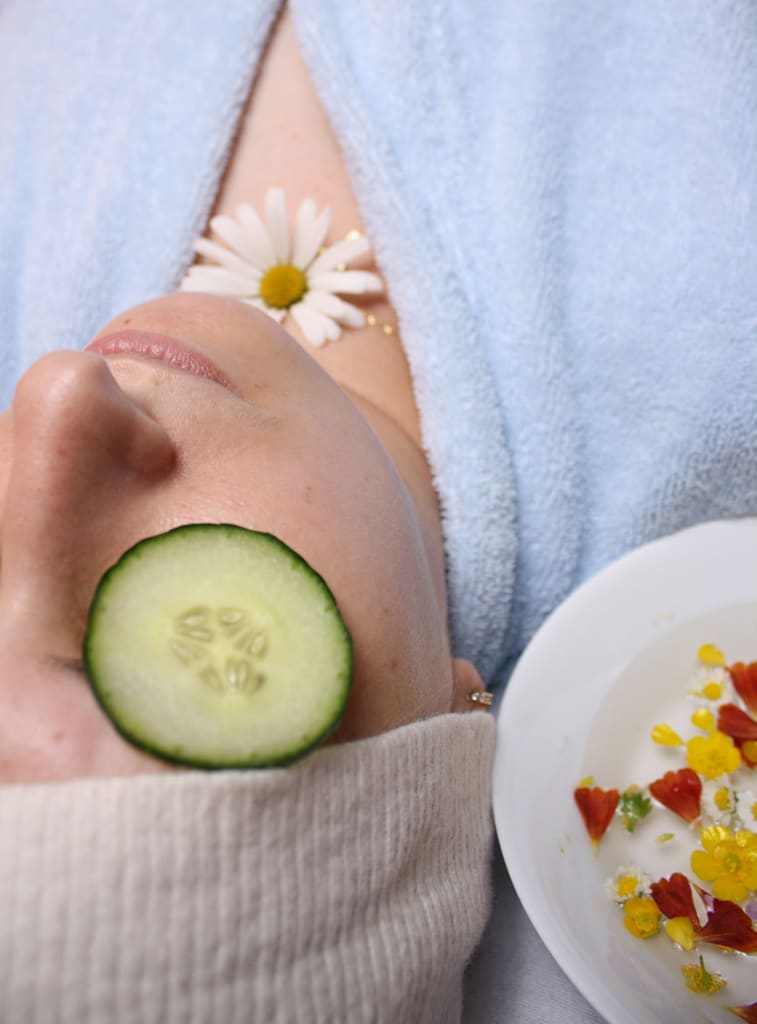
If you are someone with acne prone skin, it’s really important that you check the ingredients list on every product before buying it. Look for non-comedogenic(1) ingredients, the ones that do not clog pores. If you are not sure of any ingredients, then try using an online ingredient checker to see if they are suitable for our skin type. Skin care products for acne prone skin that have a non-comedogenic label, are safer to use.
Let’s look at some basic skin care steps that you can follow for your acne prone skin type.
Table of Contents
Cleansing
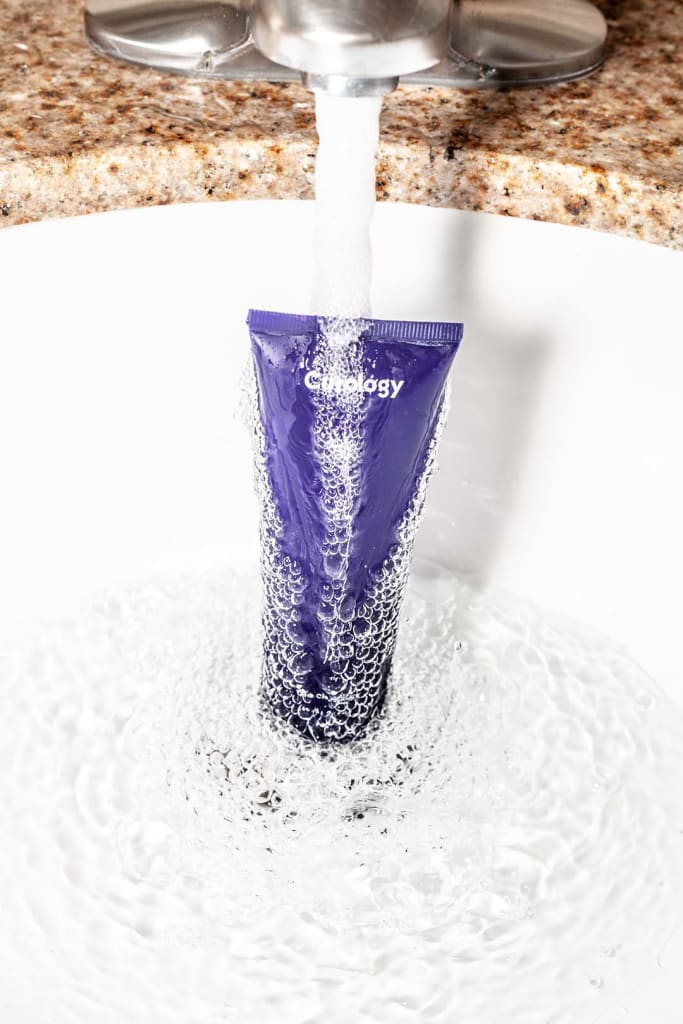
Cleansing is a common step, regardless of your skin type. It is the first step in your skin care routine and will help your skin by removing the dust and dead skin. For acne prone skin, look for cleansers that have salicylic acid or glycolic acid as active ingredients. A cleanser with the combination of both these ingredients is the best option. These active ingredients help in reducing inflammation and speed-up cell turnover by getting rid of dead skin cells. Use products with lower concentration of such ingredients as higher levels of even these ingredients may irritate your skin and cause redness.
Also Read: EVERYTHING ABOUT MAKEUP YOU MUST KNOW
Moisturizing
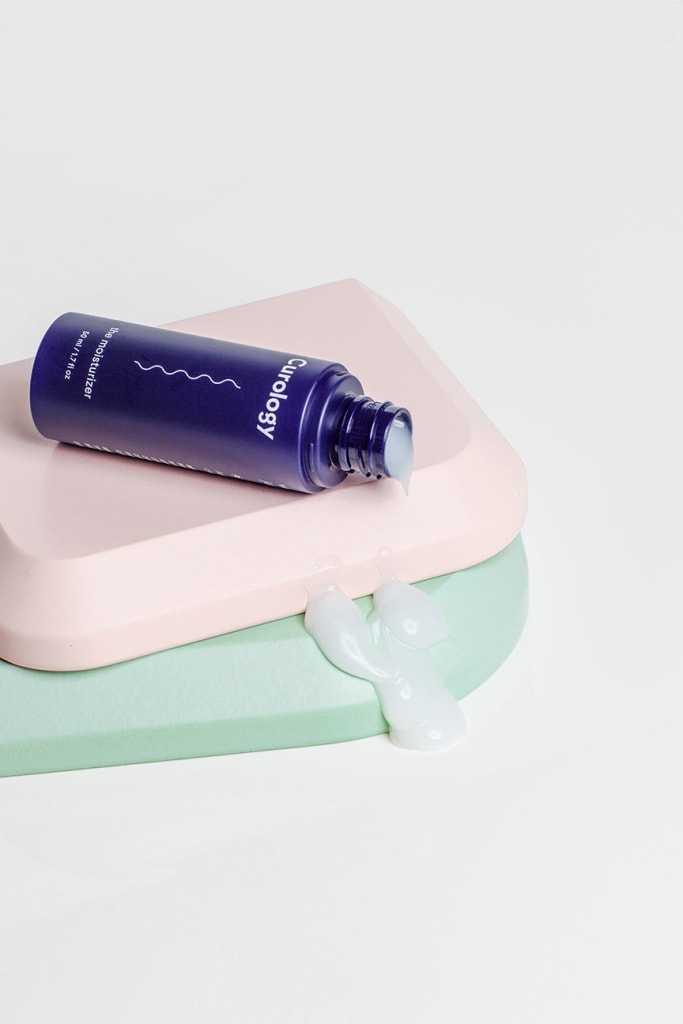
All skin types including oily and acne prone skin require moisturizing. Once you cleanse your skin, it is normal to experience some dryness because of the active ingredients in the cleanser. This is why it is really important to apply a moisturizer right after cleansing. Try a water-based moisturizer that doesn’t feel heavy on your skin and results in making it look dull. Apply moisturizer while your skin is still a little damp and this will ensure maximum absorption. Don’t skip this step or else it will lead to dryness and will cause more oil secretion that can cause your skin to breakout.
Spot Treatment
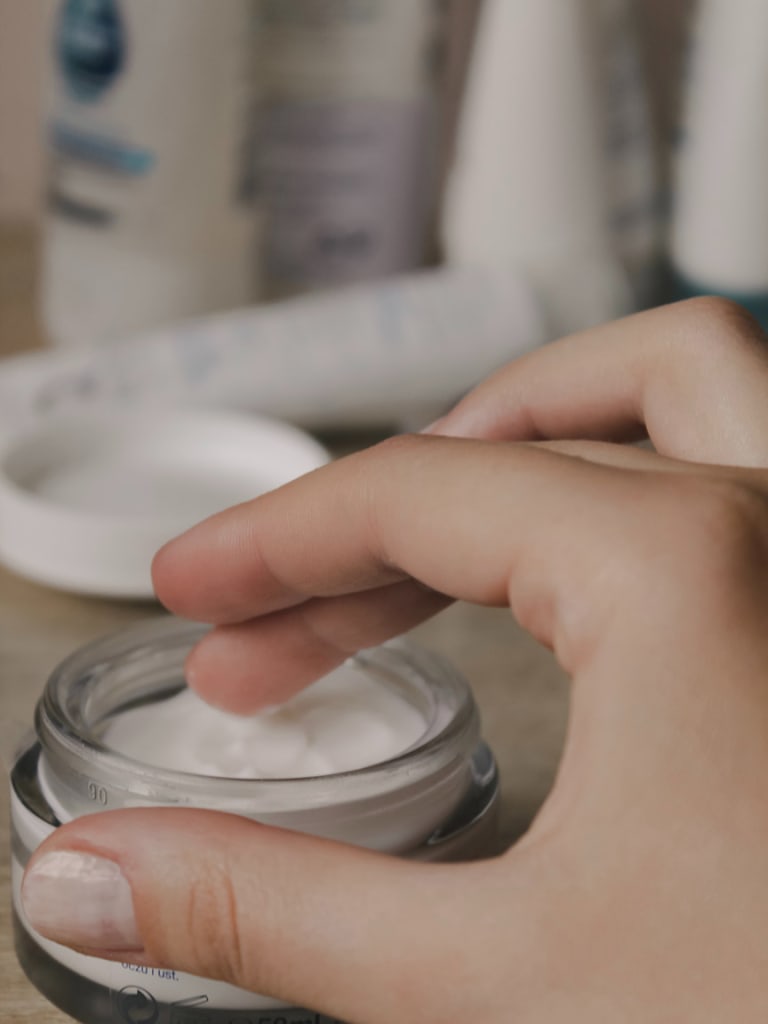
While dealing with active acne breakouts, spot treatment is necessary. There are a variety of spot treatments available in the market. These range from natural options like aloe vera, tea tree oil, benzoyl peroxide and salicylic acid. You will have to try them and see which spot treatment works the best for you depending on the severity of your breakouts. While spot treatment is only applied on active breakouts, dermatologist recommended acne medication can be applied over the acne prone areas. Apply your acne medication or spot treatment after applying a moisturizer and it will reduce the possibility of itching.
Also Read: FOUR SIMPLE MAKEUP TIPS FOR PEOPLE WITH OILY SKIN
Sunscreen
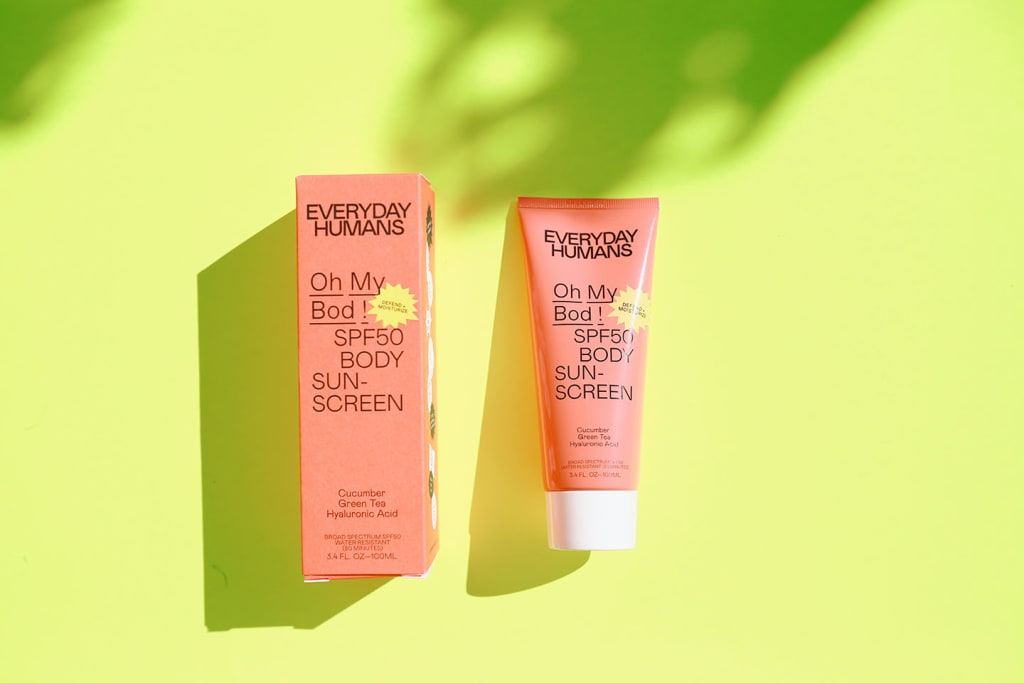
Applying sunscreen is really important while following a skincare routine. All the active ingredients in cleansers, acne medication and spot treatments tend to make your skin sensitive to UV rays. Not applying sunscreen will result in darker hyperpigmentation, spots and redness. Pick a sunscreen that has a SPF of 30 or more, to ensure minimal sun damage. Also look for water based or gel-based lotions as they are lighter and feel less greasy on your skin.
You can also pamper your skin once every week with a soothing and calming face mask to give your skin the much-needed relaxation. Some popular masks for acne prone skin have clay, mud, aloe vera, tea tree oil or witch hazel in them.
These are some of the basic skin care tips for acne prone skin. Don’t panic if you see your skin breaking out even after following this routine, stick to this routine for 4 to 8 weeks for best results.
Acne is completely normal. The key to managing your skin is to be consistent with your skin care routine. Don’t over apply acne medication or spot treatments even if you forget to apply them one day. Cleanse your face twice, once in the morning and once before you sleep. For your nighttime skincare routine, you can skip the sunscreen and apply a night cream instead. Do your research, talk to your dermatologist and find products that help manage your acne prone skin. Be patient and let the products work their magic. Apart from this, maintain a healthy diet with balanced meals, mild exercises and meditation.
To know more about different skin types and what works for them join a makeup course! Transform your skin by knowing more about it. Lucky for you Hamstech offers a makeup artistry course. Enrol now and get going!

